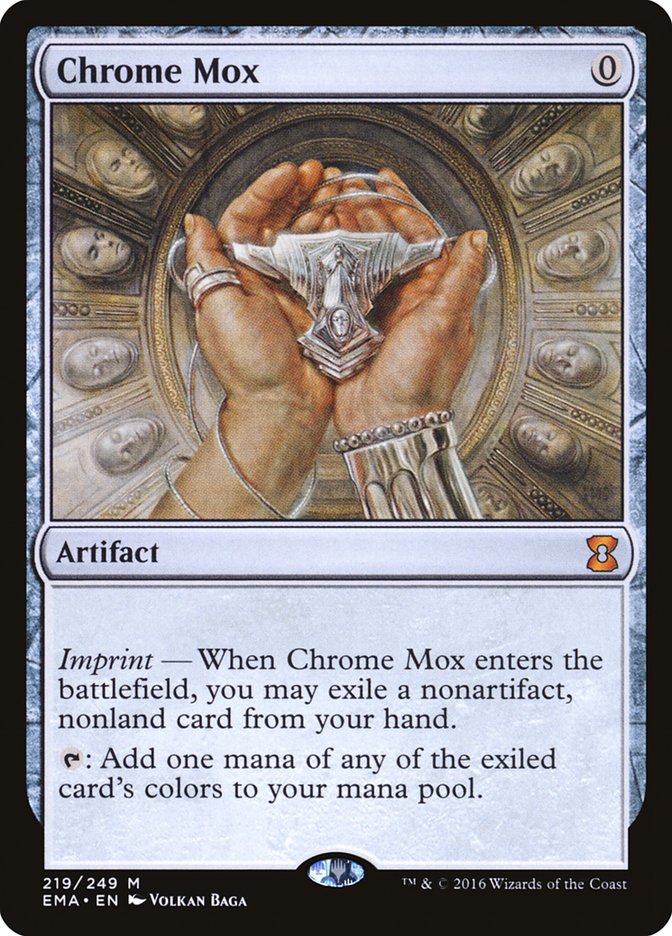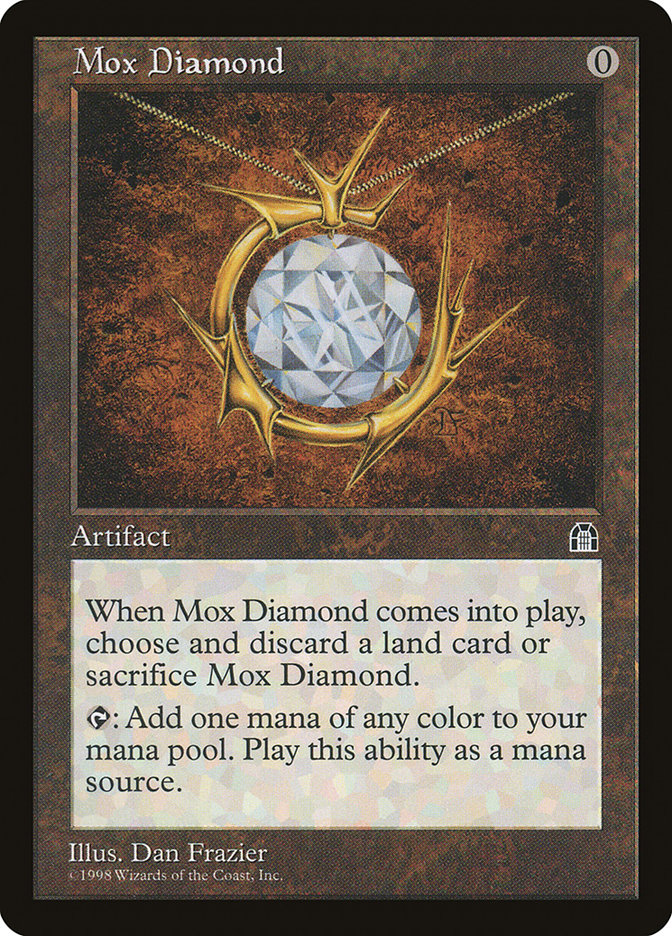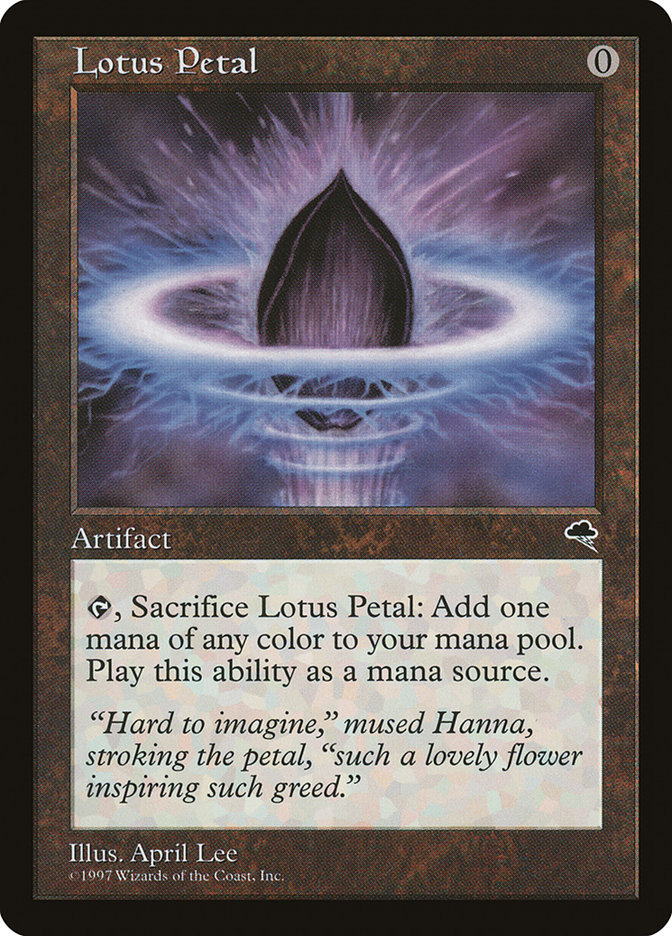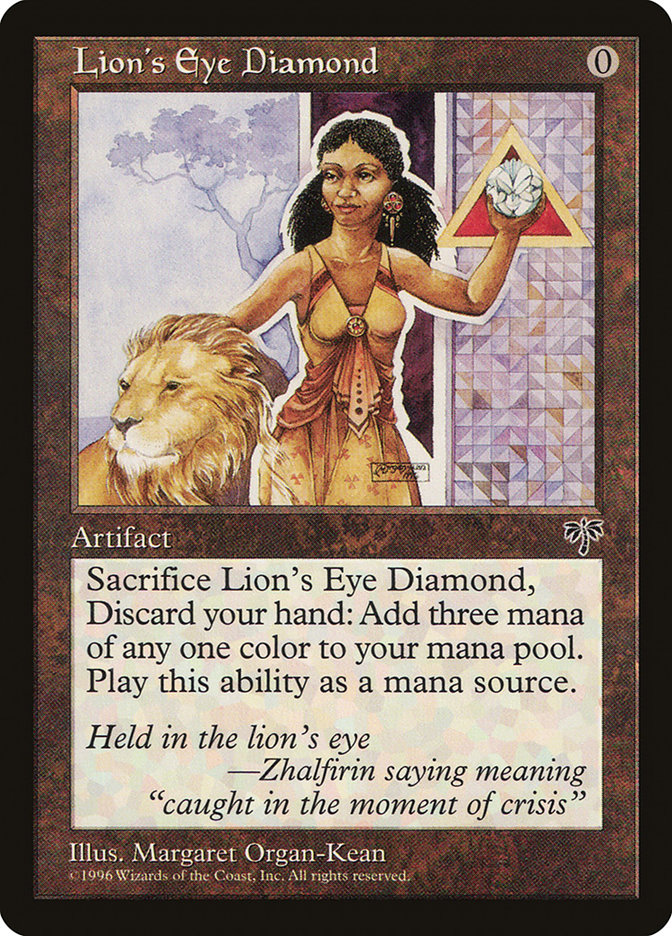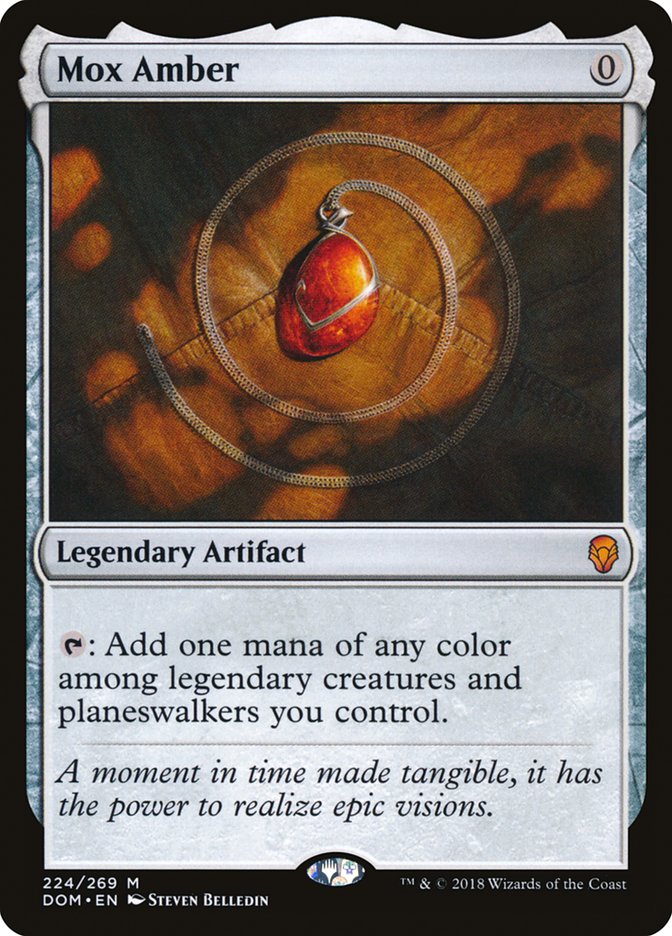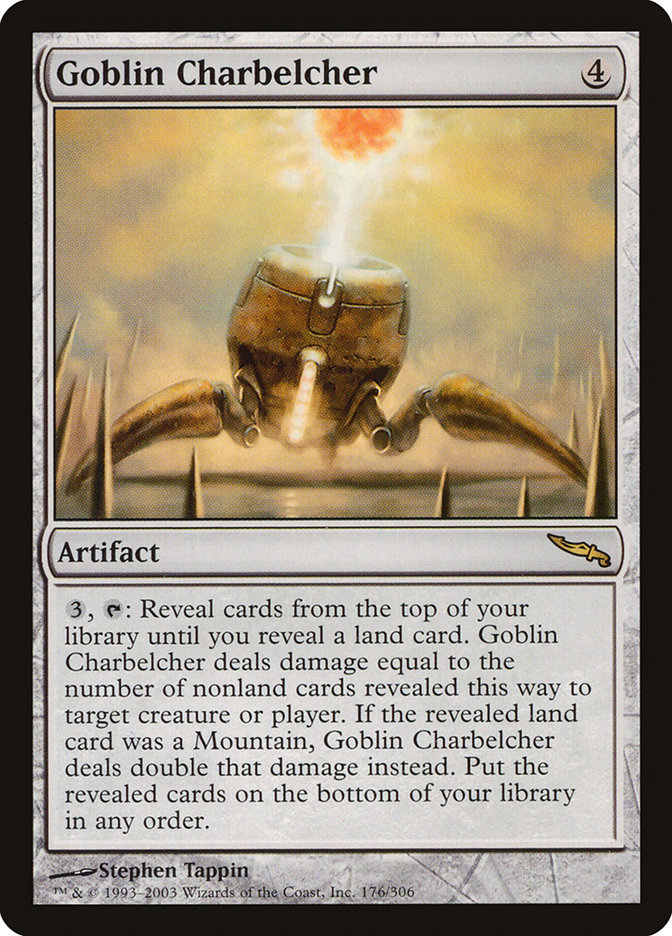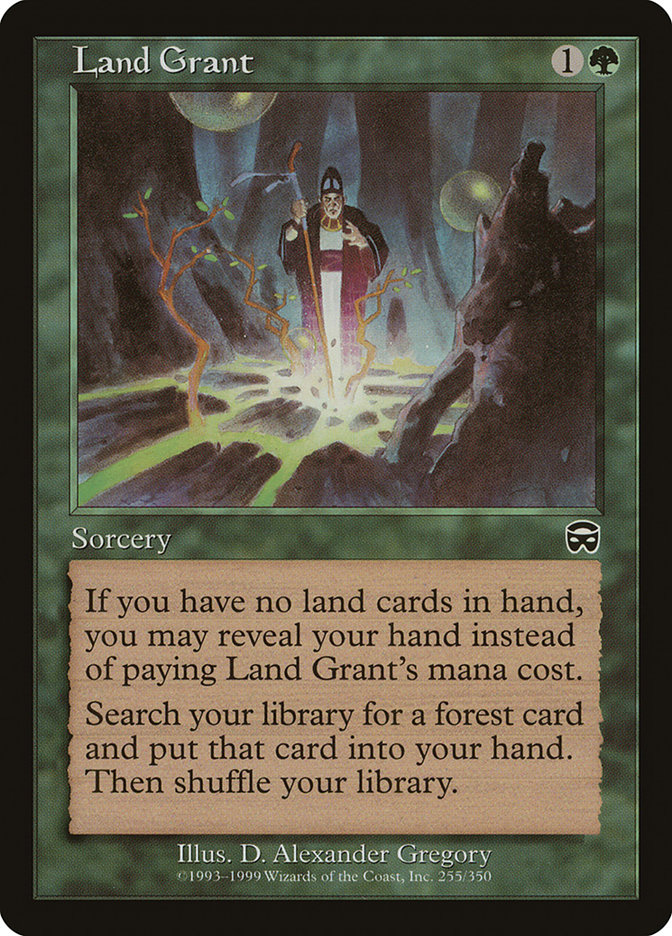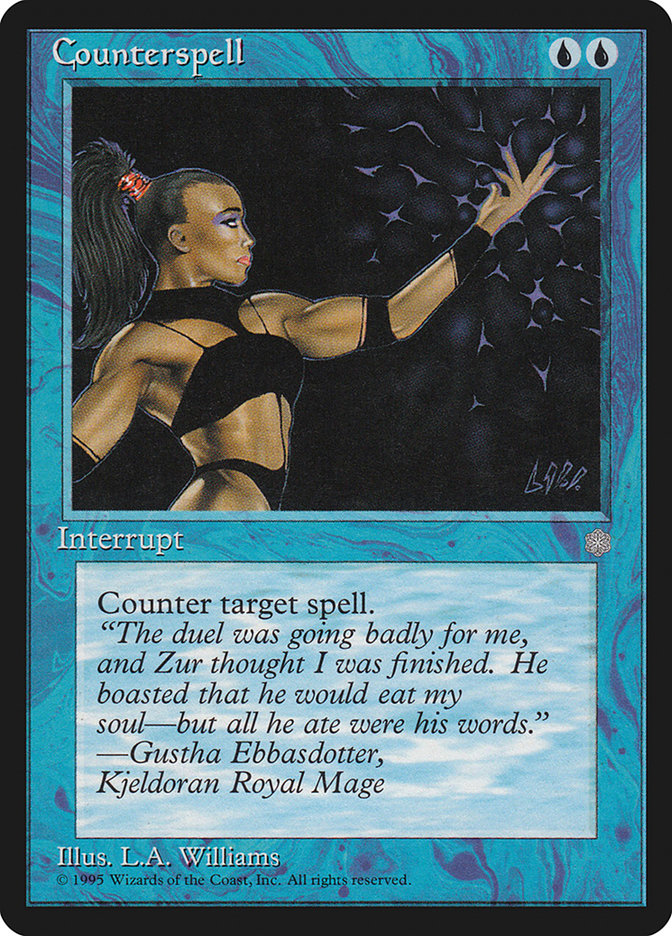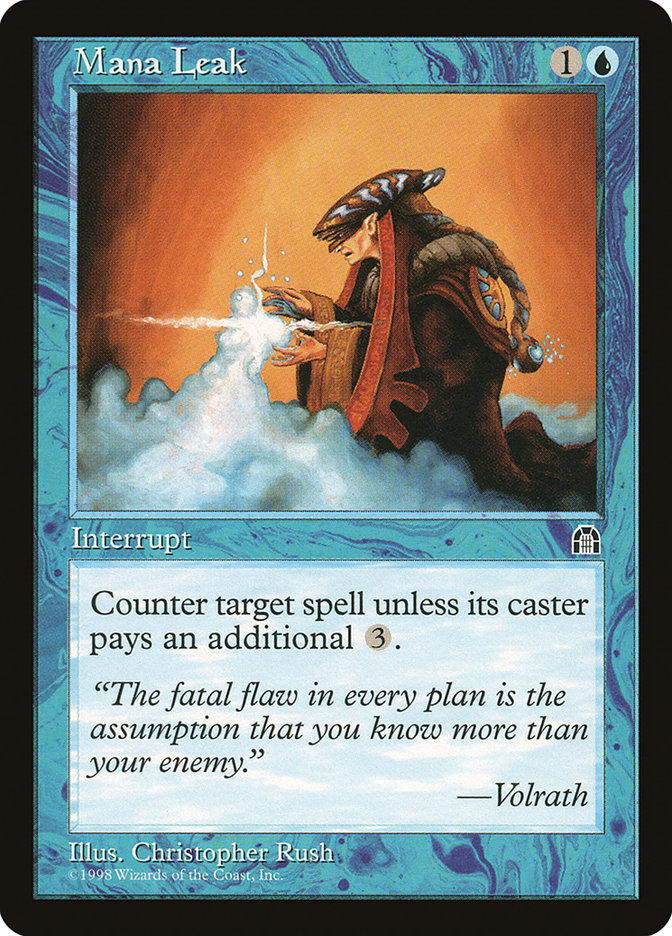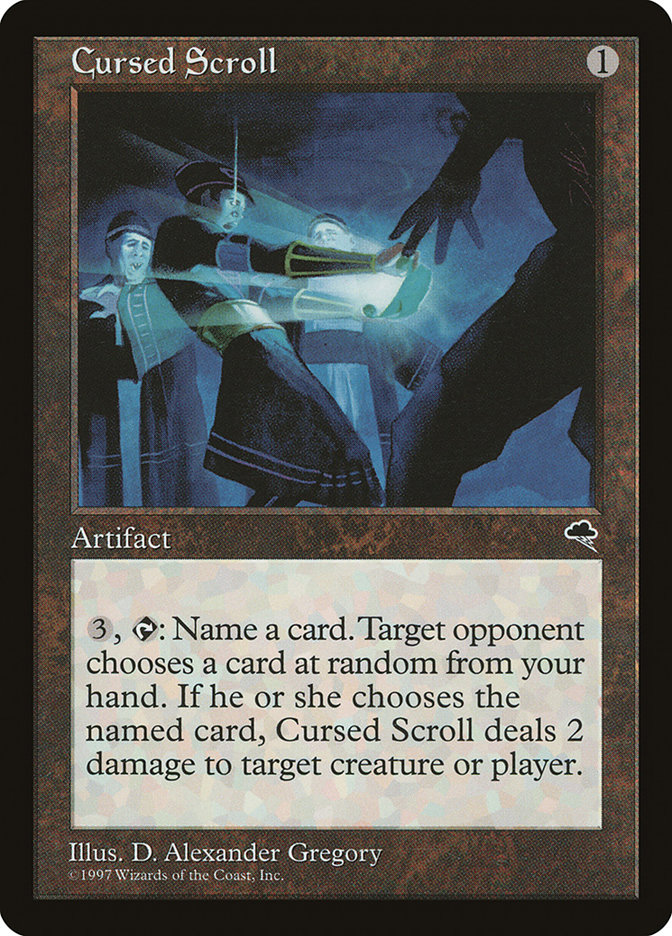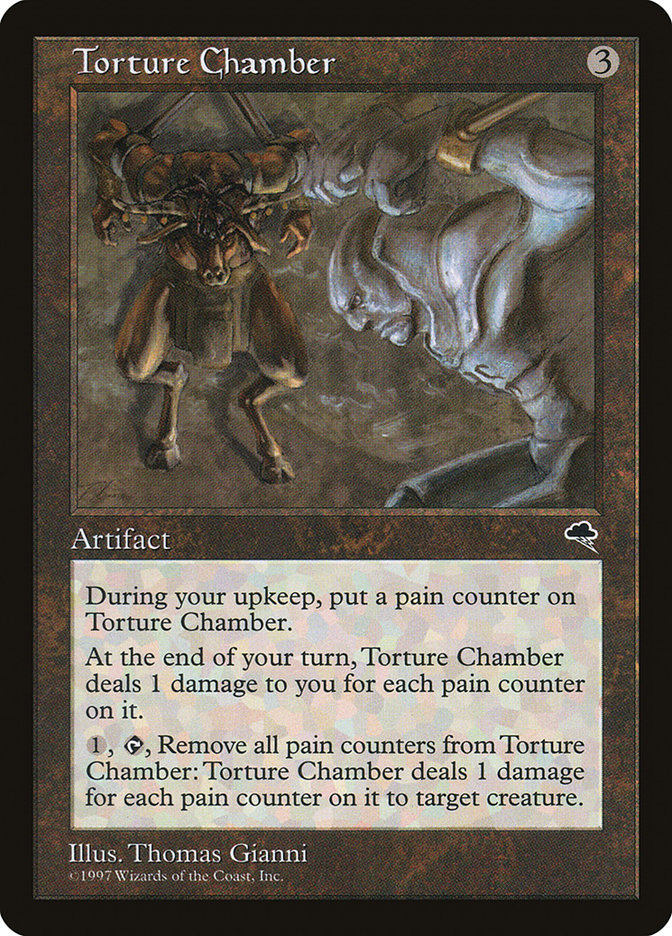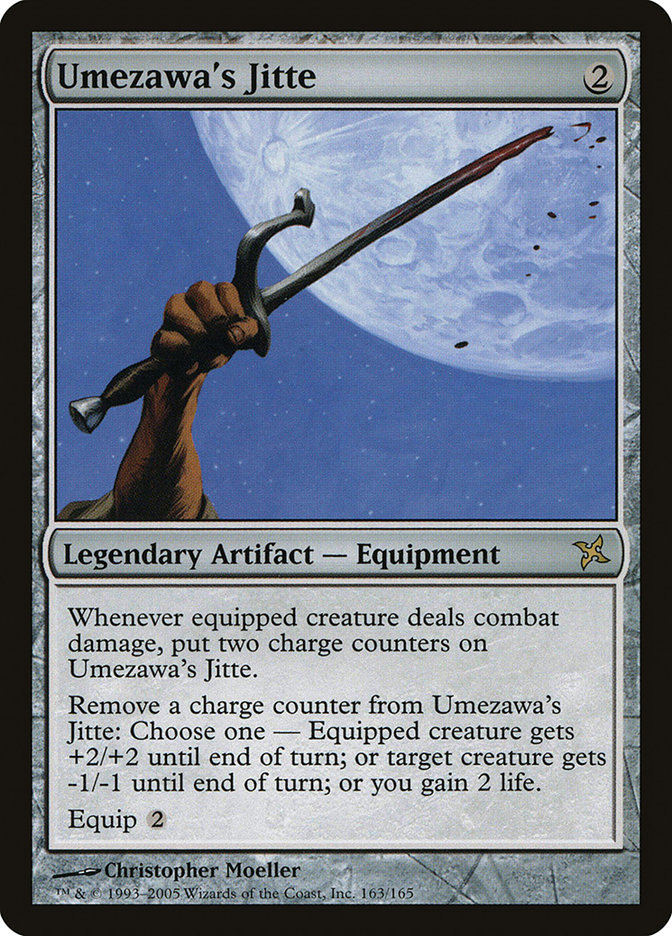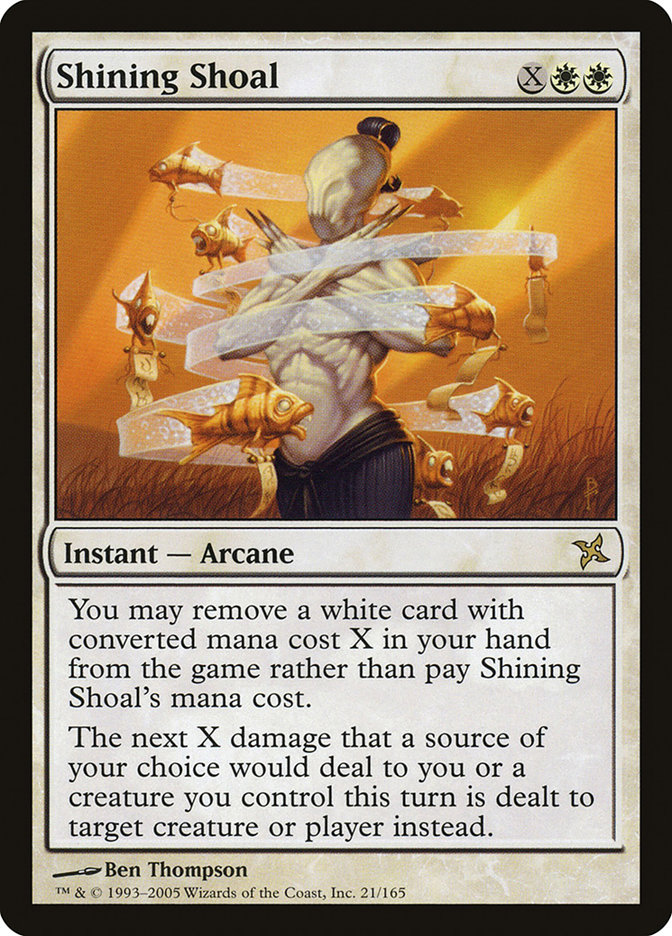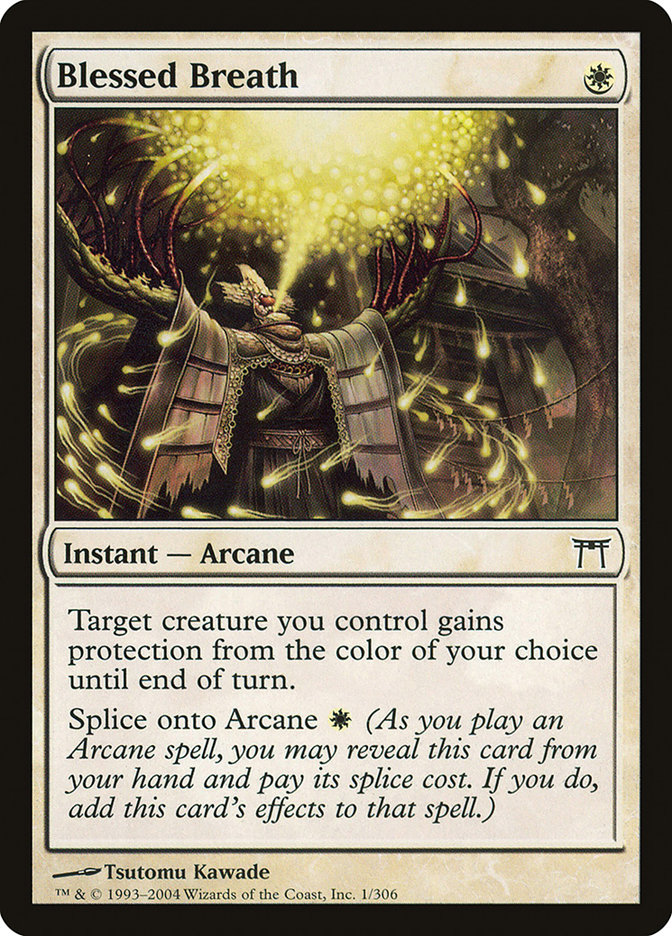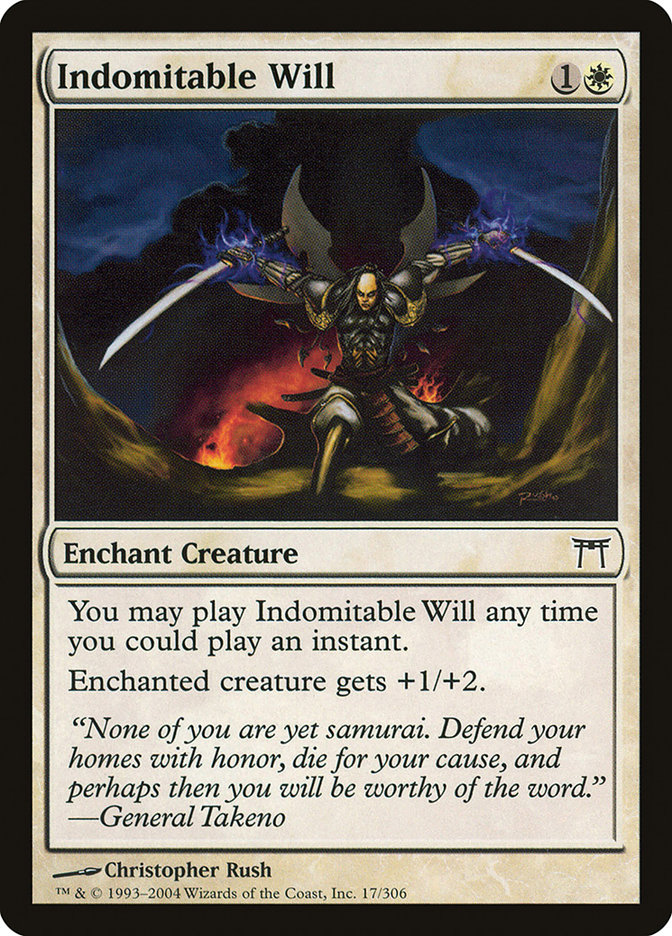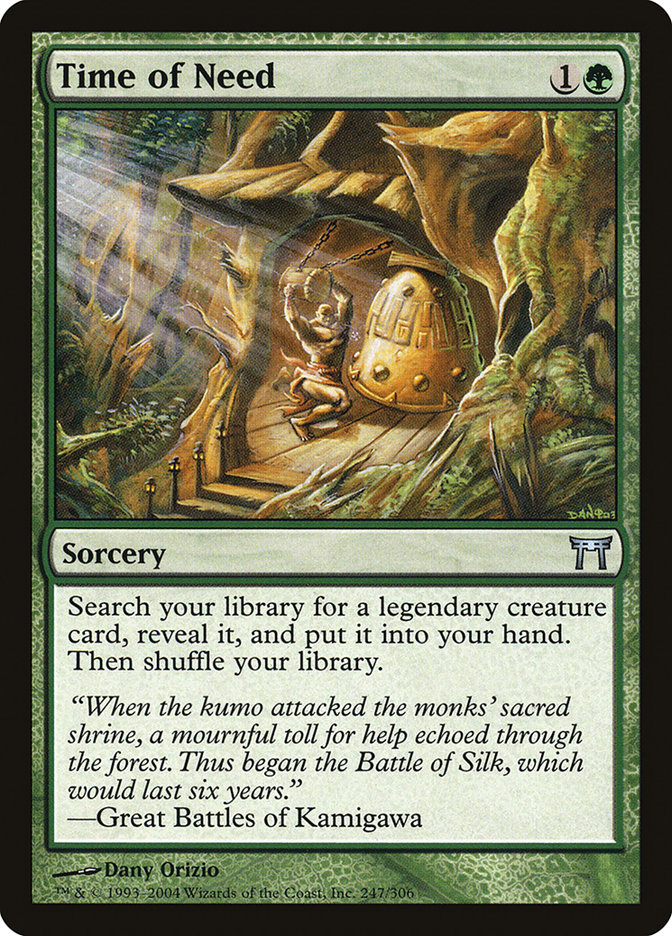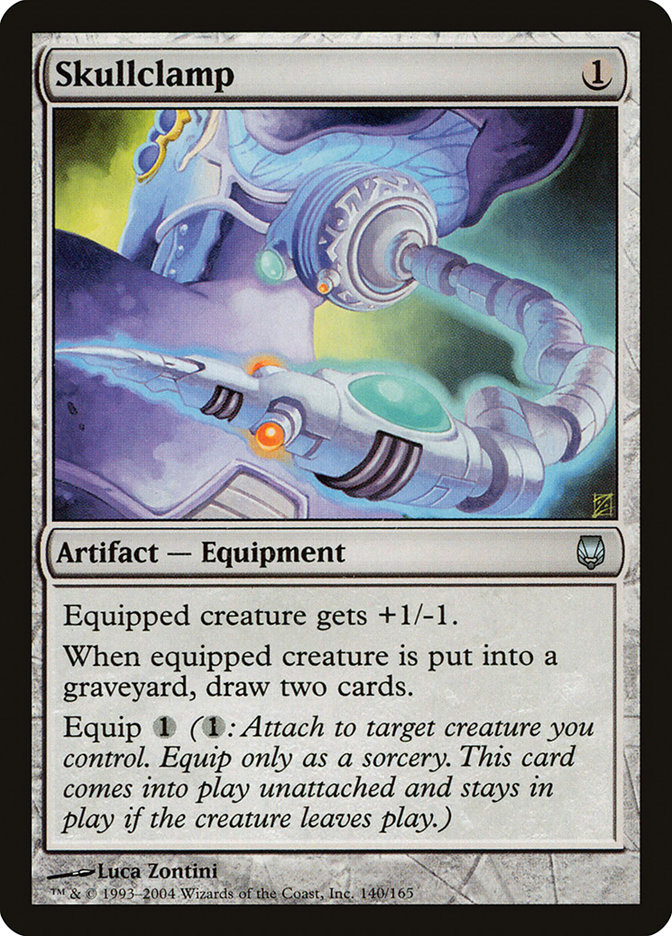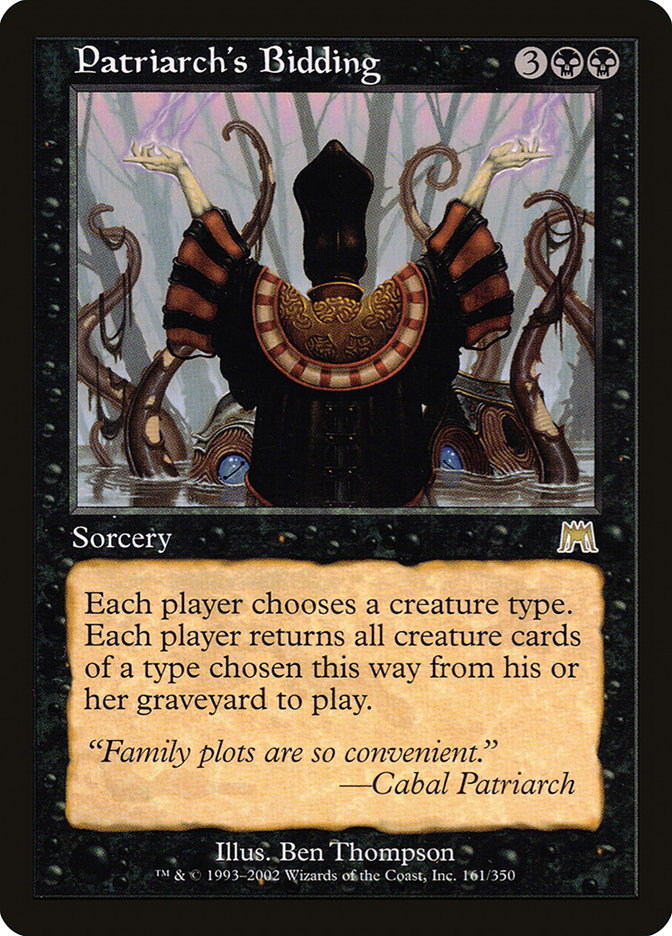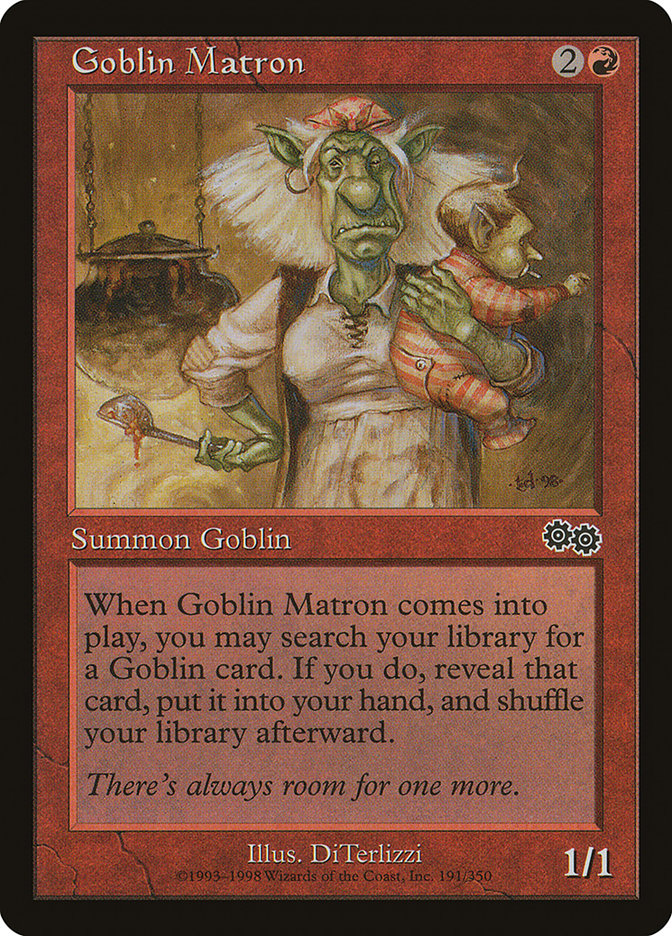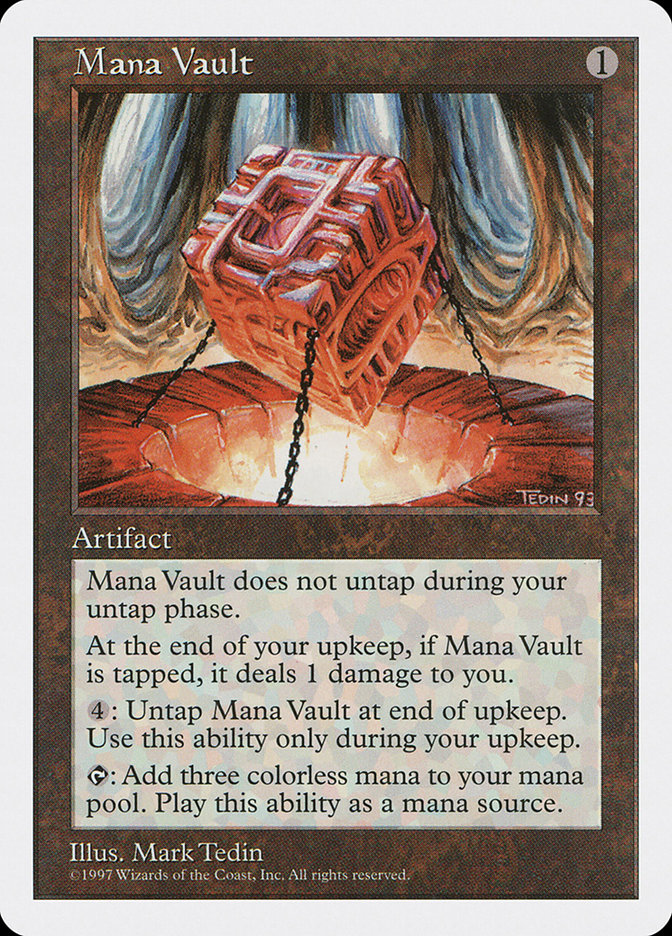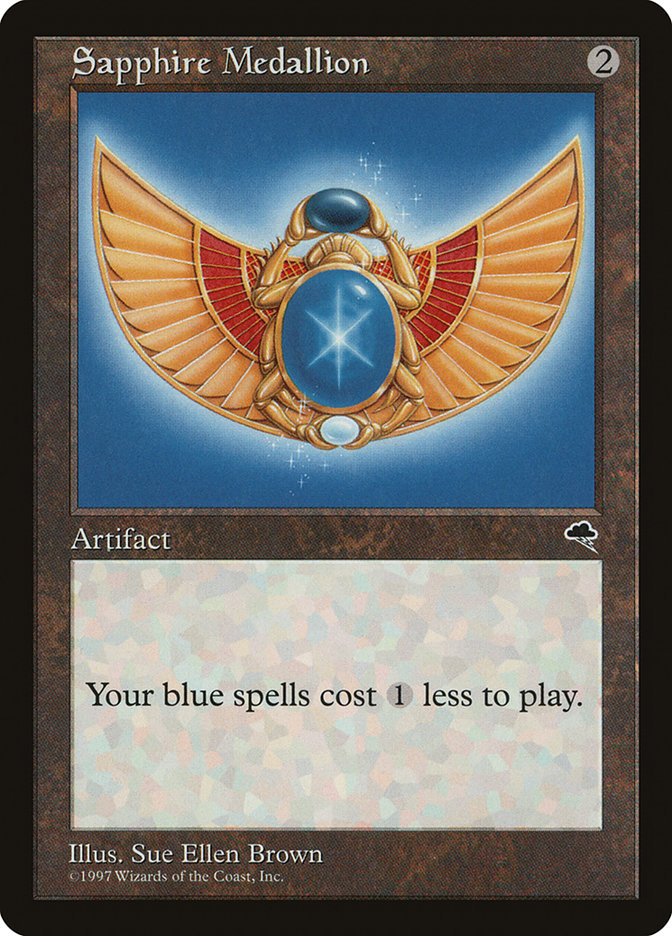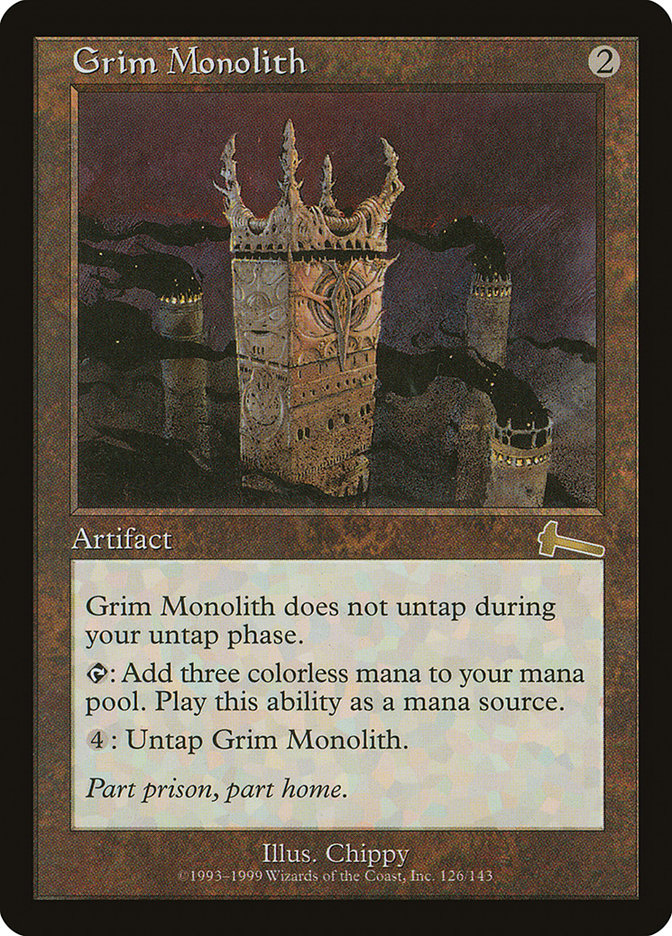Today…
Finally…
The Five Moxes!
10. Chrome Mox, Mox Diamond, Mox Opal, Lotus Petal, Lion’s Eye Diamond
Okay, first of all,
1) Yeah, these are those five Moxes. These are all a little ridiculous,
though.
2) Yeah, two of these are more Lotus than Mox. I gotta conserve space
somehow. This list would be a lot less interesting if it was all artifact
mana, all the way down. Besides, so much of the artifact mana has gone in
the same decks, historically.
3) Yeah, I realize Mox Amber is a thing.
Mox Amber is not at risk of being on this list, however.
As for the busted artifact mana from earlier?
Well, for starters, Lotus Petal and Lion’s Eye Diamond should probably be
in a whole other tier, compared to Chrome Mox, Mox Diamond, and Mox Opal.
Truth be told, none of those three would actually have made it this high on
the list if they weren’t being bundled with Lotus Petal and Lion’s Eye
Diamond. They’d still appear, just down some spots.
There have been so many busted combo decks making use of Lotus Petal and
Lion’s Eye Diamond, but my favorite will always be what I believe to be the
most broken deck in Magic history (at least since the advent of the four-of
rule and restricted list), a turn 1 kill deck detailed
here
, making use of the temporary abusability of Lion’s Eye Diamond when you
could use it to play a spell from your hand before discarding your hand.
While that deck would kill turn 1 well over 90%, not to mention packing
Force of Wills and Defense Grid, there have been plenty of other turn 1
kill decks over the years, and perhaps none with the longevity of Belcher.
Spells (47)

By playing only a single land, which was often retrieved with Land Grant,
Belcher decks are basically one-card combo decks. Simply cast and activate
Goblin Charbelcher and you’ll do 50 damage, or whatever.
Trying to get by with only a single land in your deck is quite challenging,
of course, especially when you aspire to make seven mana on the first turn
(four to cast the Charbelcher and three to use it). This means you need all
the alternative mana you can get; and Lotus Petal and Chrome Mox are
especially important, since they can get you started from nothing (unlike
Tinder Wall, Rite of Flame, Pyretic Ritual, Desperate Ritual, and Seething
Song, which all need mana to get you started). Lion’s Eye Diamond is a
perfect fit, since you can use it to activate the Charbelcher, not needing
any cards in your hand at that point.
Some Chrome Mox formats have been so fast, non-combo decks have needed to
adopt Chrome Mox just to try to keep up.
Creatures (2)
Lands (22)
Spells (36)

It’s not like you want the card disadvantage here. However, when
everyone else is using Chrome Mox to play Tinker on the second turn, it’s
really important to have Counterspell and Mana Leak available on turn 1.
As for Mox Diamond, it has also appeared in plenty of fast combo decks over
the years, such as the original wave of Academy decks:
Lands (23)
Spells (37)
- 4 Stroke of Genius
- 3 Mind Over Matter
- 3 Scroll Rack
- 4 Mana Vault
- 4 Windfall
- 3 Intuition
- 4 Voltaic Key
- 4 Time Spiral
- 4 Mox Diamond
- 4 Lotus Petal
Sideboard

The most insane thing about this abomination is that somehow, this was a
Standard list!
Mox Diamond has also played a central role in white aggro decks (yeah,
Tithe and Land Tax!), Life from the Loam decks, prison decks, and more.
As for Mox Opal?
Well, it hasn’t really ever enjoyed much “normal” usage. Instead, it has
been mostly relegated primarily to two main archetypes. First, most
commonly, Affinity (or any artifact linear aggro deck).
Creatures (29)
- 4 Arcbound Ravager
- 4 Ornithopter
- 4 Master of Etherium
- 4 Steel Overseer
- 3 Memnite
- 4 Signal Pest
- 2 Spellskite
- 4 Vault Skirge
Lands (17)
Spells (14)

Not surprisingly, fast, aggressive decks with tons of cheap artifacts
appreciate a Mox that produces mana of any color.
These kinds of decks are certainly not limited to the affinity mechanic
(and even many true Affinity decks contain none). Decks like Tempered Steel
definitely fall under this umbrella, for instance.
The other main style of Mox Opal deck is, yet again, fast combo. For
instance, here’s an example of Mox Opal in Vintage alongside Paradoxical
Outcome:
Creatures (2)
Lands (12)
Spells (46)
- 2 Sensei's Divining Top
- 1 Tendrils of Agony
- 1 Brainstorm
- 1 Yawgmoth's Will
- 4 Force of Will
- 1 Mana Vault
- 1 Sol Ring
- 1 Demonic Tutor
- 2 Hurkyl's Recall
- 1 Time Walk
- 1 Ancestral Recall
- 1 Mana Crypt
- 1 Timetwister
- 1 Mind's Desire
- 1 Merchant Scroll
- 2 Night's Whisper
- 1 Black Lotus
- 1 Lotus Petal
- 1 Mox Emerald
- 1 Mox Jet
- 1 Mox Pearl
- 1 Mox Ruby
- 1 Mox Sapphire
- 2 Repeal
- 1 Ponder
- 3 Preordain
- 4 Mox Opal
- 1 Gitaxian Probe
- 1 Flusterstorm
- 1 Dig Through Time
- 4 Paradoxical Outcome

Mox Opal has also found a few other homes from time to time, always a part
of something really abusive, such as the Lantern of Insight decks we
discussed
yesterday
.
9. Cursed Scroll
So, as it turns out, if you discount the casting cost of Rod of Ruin 75%
off while doubling the damage, you end up with a pretty intense card.
Cursed Scroll was such a powerful battlefield control weapon and offensive
threat, it largely defined Standard until Urza’s Saga brought
Combo Winter and sunk the game into an unspeakable abyss.
When I think of Cursed Scroll, the first place my mind always goes is stuff
like David Price’s Tempest only Block Constructed deck from Pro
Tour LA 1998:
Creatures (26)
Lands (20)
Spells (14)
Sideboard

Quick sidenote: Torture Chamber was an absolutely deranged card in Tempest-only Draft and Sealed deck.
All the creatures had only one or two toughness!
While red decks with Cursed Scroll always spring to mind, they definitely
came in all colors and sizes. Both Mono-Black and Mono-White aggro decks
built around Cursed Scroll top 8’ed that Pro Tour. For instance:
Creatures (22)
Lands (23)
Spells (15)

Where things get really raunchy is when you look at the non-aggro decks.
Cursed Scroll was so warping, even slow midrange/control decks would
frequently make use of the card, since it was so much better than anything
else you could be doing, even if it didn’t really match your strategy. For
instance:
Creatures (20)
Lands (25)
Spells (15)
Sideboard

Katz’s deck is not naturally well set up to get its hand down low
enough to make great use of the Scroll. Still, you gotta do what you gotta
do!
8. Umezawa’s Jitte
As powerful as Sword of Fire and Ice, Sword of Feast and Famine, Cranial
Plating, and Batterskull are, Umezawa’s Jitte is just in another tier. The
card generates such an incredible amount of power for so little mana while
giving you incredible flexibility and nearly invalidating many
creature-based strategies. The worst part, however, is how snow-bally the
card is. Once you get hit by an Umezawa’s Jitte, the chances of getting hit
again are just unreasonably high.
Pro Tour Philadelphia 2005 was defined by two major archetypes. Many-color
Gifts Ungiven control/lock/ramp decks and various Umezawa’s Jitte aggro
decks (usually white).
Creatures (23)
- 4 Eight-and-a-Half-Tails
- 4 Tallowisp
- 4 Samurai of the Pale Curtain
- 3 Isamaru, Hound of Konda
- 4 Lantern Kami
- 4 Kami of Ancient Law
Lands (22)
- 21 Plains
- 1 Eiganjo Castle
Spells (15)
Sideboard

There’s nothing explicitly mono-color about Umezawa’s Jitte, but the
importance of being the first to get a hit in means you really, really need to never stumble on mana.
Why so many combat tricks?
Umezawa’s Jitte battles were just that important. Anything you
could do to try to be the first to get Jitte going had to be considered.
That said, Steve Wolfman top 8’ed that Pro Tour with the most unusual list
among them, a Bant Ramp deck that bore a lot of resemblance to Gifts
Ungiven decks, but instead of playing Gifts Ungiven, he just played
Umezawa’s Jitte instead:
Creatures (18)
- 4 Sakura-Tribe Elder
- 1 Patron of the Kitsune
- 1 Hokori, Dust Drinker
- 2 Meloku the Clouded Mirror
- 4 Yosei, the Morning Star
- 3 Orochi Sustainer
- 1 Myojin of Cleansing Fire
- 2 Kodama of the North Tree
Lands (22)
Spells (20)

In many ways, his list really played out like a post-sideboard version of
Gifts, making little decisions to try to maximize that part of the
experience, rather than much around with any of the Cranial Extraction or
Hana Kami stuff.
Who needs Gifts Ungiven to shuffle our Sensei’s Divining Tops when we have
Time of Need?
7. Skullclamp
As good as Umezawa’s Jitte is, it isn’t in the same zip code as Skullclamp,
though to be fair, Skullclamp is hardly even an equipment. It really plays
more like a traditional artifact that lets you pay one mana to sacrifice a
one-toughness creature to draw two cards, with the added option to use two
and two mana to draw four cards off a Frogmite, or some such.
When Skullclamp first showed up on the scene, it was feared, but the format
seemed to adjust. Just two Skullclamp decks made top 8 of the Mirrodin + Darksteel block Pro Tour. Maybe things would
be okay, after all?
Creatures (27)
- 4 Arcbound Ravager
- 4 Arcbound Worker
- 4 Somber Hoverguard
- 3 Myr Enforcer
- 4 Frogmite
- 4 Disciple of the Vault
- 4 Ornithopter
Lands (16)
Spells (17)
- 4 Skullclamp
- 2 Tooth of Chiss-Goria
- 4 Thoughtcast
- 3 Scale of Chiss-Goria
- 2 Chromatic Sphere
- 2 Welding Jar
Sideboard

Spoiler: They weren’t.
While building Affinity decks with Skullclamp was easy, it took players a
few months to really appreciate just how much Skullclamp could be used to
fuel any number of bizarro versions of existing archetypes. For instance,
Goblin decks with Patriarch’s Bidding famously made great use of Skullclamp
as an additional way to get extra mileage out of Goblin Matrons and the
like.
Eventually, the format reached a point where every single deck in the
format was a Skullclamp deck, even including Tooth and Nail, which added on
a little bit of an Elf-bent in order to get some creatures that could be
eaten by Skullclamp.
Creatures (27)
- 3 Vine Trellis
- 1 Darksteel Colossus
- 4 Birds of Paradise
- 1 Triskelion
- 4 Wirewood Symbiote
- 4 Wood Elves
- 1 Kamahl, Fist of Krosa
- 1 Sundering Titan
- 3 Viridian Shaman
- 1 Duplicant
- 1 Fierce Empath
- 3 Wirewood Herald
Lands (22)
Spells (11)
Sideboard

As busted as Skullclamp was, I can’t help but wonder if a “fixed” version
of Skullclamp might be fun and printable at some cost? For instance, what
if Spinalclamp cost three to play and three to equip and gave the creature
+3/-1? You know, put a little more power into the equipment side, or
something?
6. Mana Vault
Mana Vault is too much an OG to be listed with the faux-Moxes and
faux-Lotuses above. It’s a Dark Ritual for anyone, and completely busted,
despite how much not everyone realized it for a while, since it wasn’t
nearly as busted as some other cards in Alpha.
Mana Vault has frequently been used to power out fatties like Orgg, Shivan
Dragon, Sengir Vampire, and more, but has always been most fearsome in fast
combo decks, such as full-on Trix:
Lands (21)
Spells (39)
- 2 Brainstorm
- 3 Vampiric Tutor
- 4 Duress
- 4 Force of Will
- 4 Necropotence
- 4 Mana Vault
- 4 Dark Ritual
- 1 Contagion
- 4 Donate
- 4 Illusions of Grandeur
- 4 Demonic Consultation
- 1 Hoodwink
Sideboard

Trix was one of the most broken decks of all-time, and even after a massive
wave of bannings, the combo persisted.
While Mana Vault was long gone, check out Kai Budde’s U/R Trix deck
featuring honorable mention Sapphire Medallion:
Lands (22)
Spells (38)
- 2 Brainstorm
- 4 Counterspell
- 4 Force of Will
- 4 Accumulated Knowledge
- 1 Impulse
- 1 Capsize
- 3 Intuition
- 4 Merchant Scroll
- 4 Donate
- 4 Illusions of Grandeur
- 4 Sapphire Medallion
- 3 Fire
Sideboard

As for Mana Vault comparisons, Sapphire Medallion is no match, but Grim
Monolith certainly warrants a mention. While not nearly as strong as Mana
Vault, I think a reasonable case can be made for it to appear just outside
the top 25, if not just barely sneaking in.
The “fixed” Mana Vault was still too much and contributed to plenty of
fast-combo decks in its own right. However, it was robust enough of a card,
it spawned a whole new breed of blue decks that could take advantage of
better acceleration than they normally had any business using.
Spells (28)
- 3 Stroke of Genius
- 4 Counterspell
- 4 Treachery
- 3 Powder Keg
- 4 Grim Monolith
- 2 Annul
- 4 Thwart
- 4 Miscalculation
Sideboard

Mono-Blue decks should not be that fast!
Well, that was a ton of absurd decks, but we aren’t finished yet. I’ll be
back Monday with the exciting conclusion, the top five (or so…) artifacts
of all-time!


